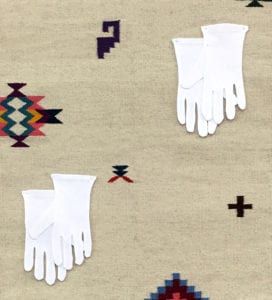New York-based artist, Nick Moss, doesn’t use a traditional canvas to create his artwork – but rather cut steel and industrial tools as part of his methodology to explore materiality and color. His process is not simple, in fact, he uses a blow torch instead of your standard paint brush.
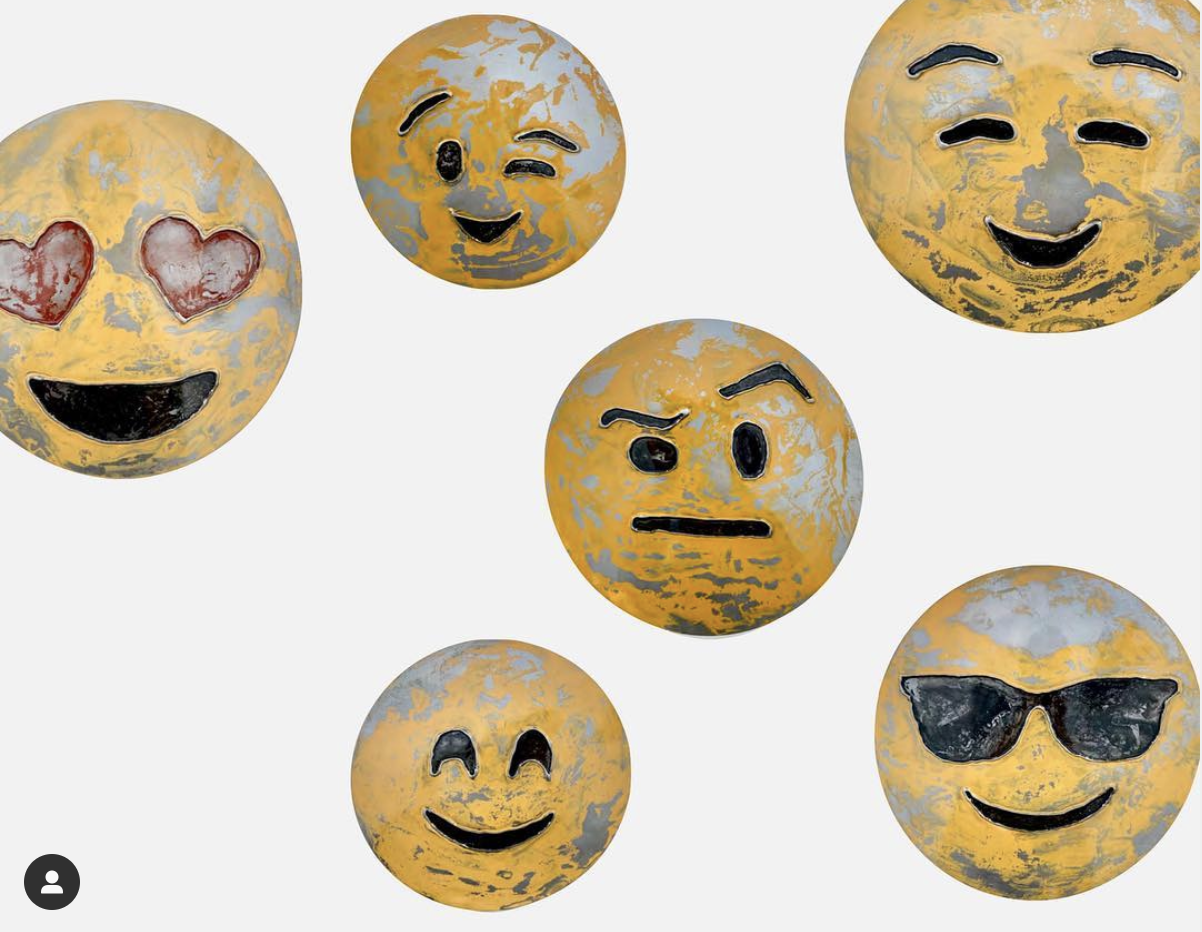
After working hard in his studios in upstate New York as well as digs in TriBeca, Nick is about to show his new works at Leila Heller gallery opening on January 10, 2020. Titled STEEL SHAPES, this fascinating new body of work marks a significant transition from figuration to abstraction. Using a blowtorch and unique patinas, Moss tests the limits of color on various shaped steel canvases welded top gether, recalling color field painting, hard edge abstraction, and assemblage. You won’t find anything traditional about these pieces – your standard linen and wood have been replaced with steel, the brush with a torch, and paint for patina.
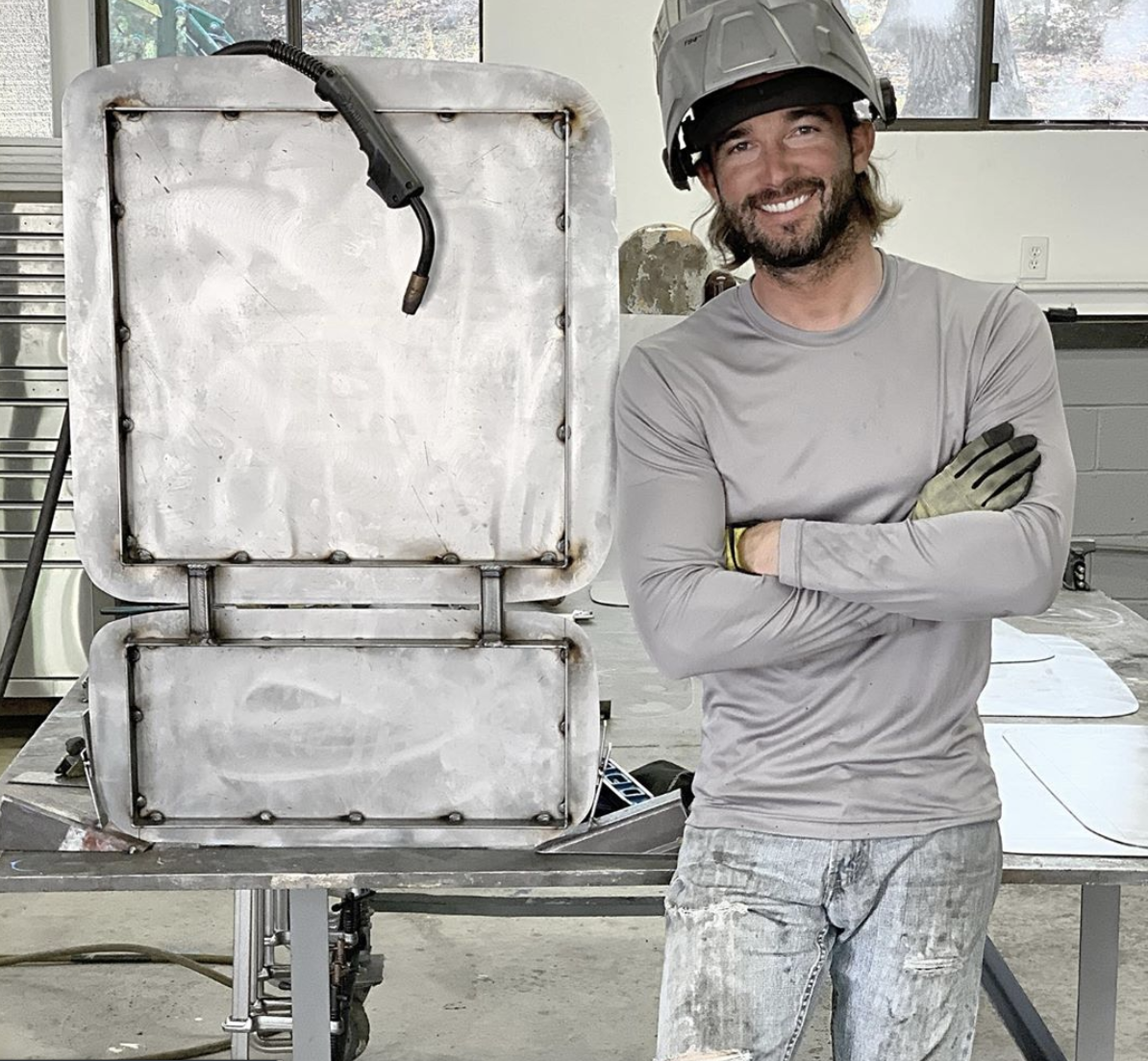
In addition to the Steel Shapes series, Moss will debut three wall-mounted steel works on which the blowtorch is applied to explore the tactility and various textures of the material. Moss inserts the powerful element of fire and the rawness of steel into a dialogue of subtlety and restraint within the framework of traditional minimalism. This exhibition is a must-see.

Before his work as an artist, Moss worked on an intensive crop farm, an industrial contracting company, and studied welding and metal fabrication before relocating from Michigan to New York in 2007. In 2008, he led the industrial design and re-engineering of Traeger Wood Pellet Grills where the product was made primarily of steel. By 2014, Moss moved towards pursuing his artistic practice based in industrial steel work. He continued to experiment with welding and steel, which later developed into his process of art fabrication today. Working entirely by hand, his primary tools include various composites of raw steel that he hand-welds into a canvas. Other industrial tools including a blowtorch, mig-welder, and sanding tools are also used with unique patinas or applied directly onto the steel to create various abstract motifs.
Art Zealous chatted with Moss about his new project as well as some fun facts about this self-taught artist!
Art Zealous: Phone background?
Nick Moss: My background is a photo I took of two pieces of stained glass. I was in the Bacardi building in Miami a few weeks ago, and the shapes, light, and color were magnificent coming from the individual pieces of glass at night. I found it amazing how many repetitive shapes there were, and yet there were differences in each individual one.
AZ: Favorite spot in New York?
NM: It’s impossible for me to pick one spot. I continue exploring the state of New York, and I have many.
AZ: Coffee or tea?
NM: Coffee. Caffeine has no effect on me – I just love the taste and warmth in the morning.
AZ: Best piece of advice you’ve ever gotten?
NM: Insanity is doing the same thing over and over again and expecting different results.
AZ: What was it like growing up in Michigan farm country?
NM: I was this rebellious country kid, but I had this huge respect for success and hard work. I loved the woods, nature, motor city, horses, farmland, John Deere, big trucks, dirt bikes, snowmobiling, camping, fishing, off-roading, etc. It was a childhood you can’t replace. Roots and adaptation are very important for myself and my work.
AZ: You weld your own canvases from steel and then use a blow torch to paint with a patina, which is a labor-intensive (and somewhat dangerous) process. How did you learn to use all of these tools to make art?
NM: I learned how to make my art following years of experience on the farm, on an industrial job site, and my years building a brand at Traeger Pellet Grills. There, I led the creation, concept, manufacturing, product development, industrial design, and re-engineering of pellet grills made primarily of steel. Steel is in my blood. For me, it’s second nature, completely intuitive.

AZ: Prior to your work as an artist, you worked on an intensive crop farm, an industrial contracting company and studied welding and metal fabrication. How did these paths lead to creating art and sharing your work with the public?
NM: My surroundings and the physicality of working with steel led to my work as an artist. I have always had an appreciation of natural beauty. To be able to shape objects from natural elements and make art gives me such gratifying fulfillment.
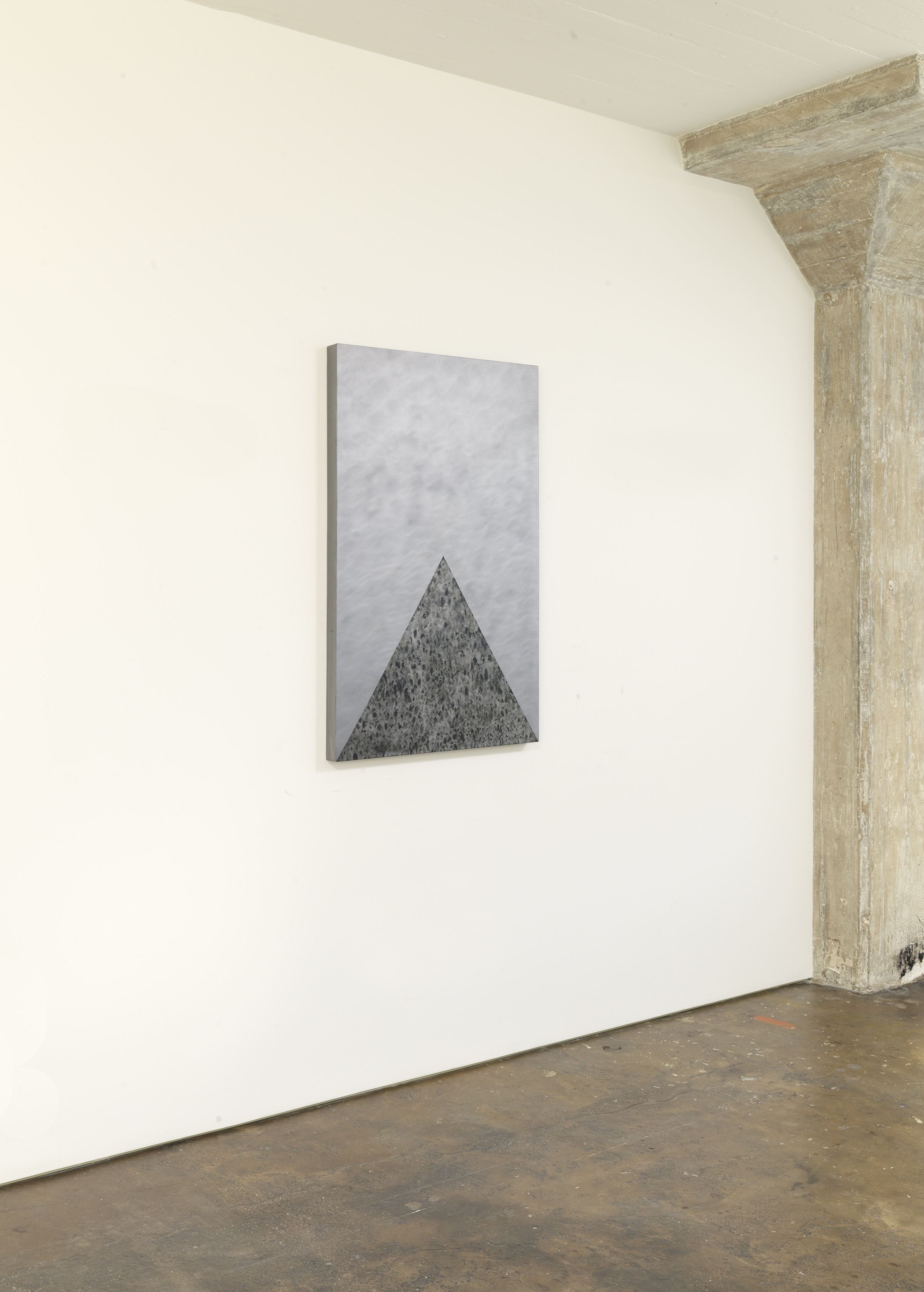
AZ: Tell us about your new works at Leila Heller in New York.
NM: The works are about exploring visual geometric forms that I continually see. It’s a combination of natural elements, color, lines, and repeating forms.
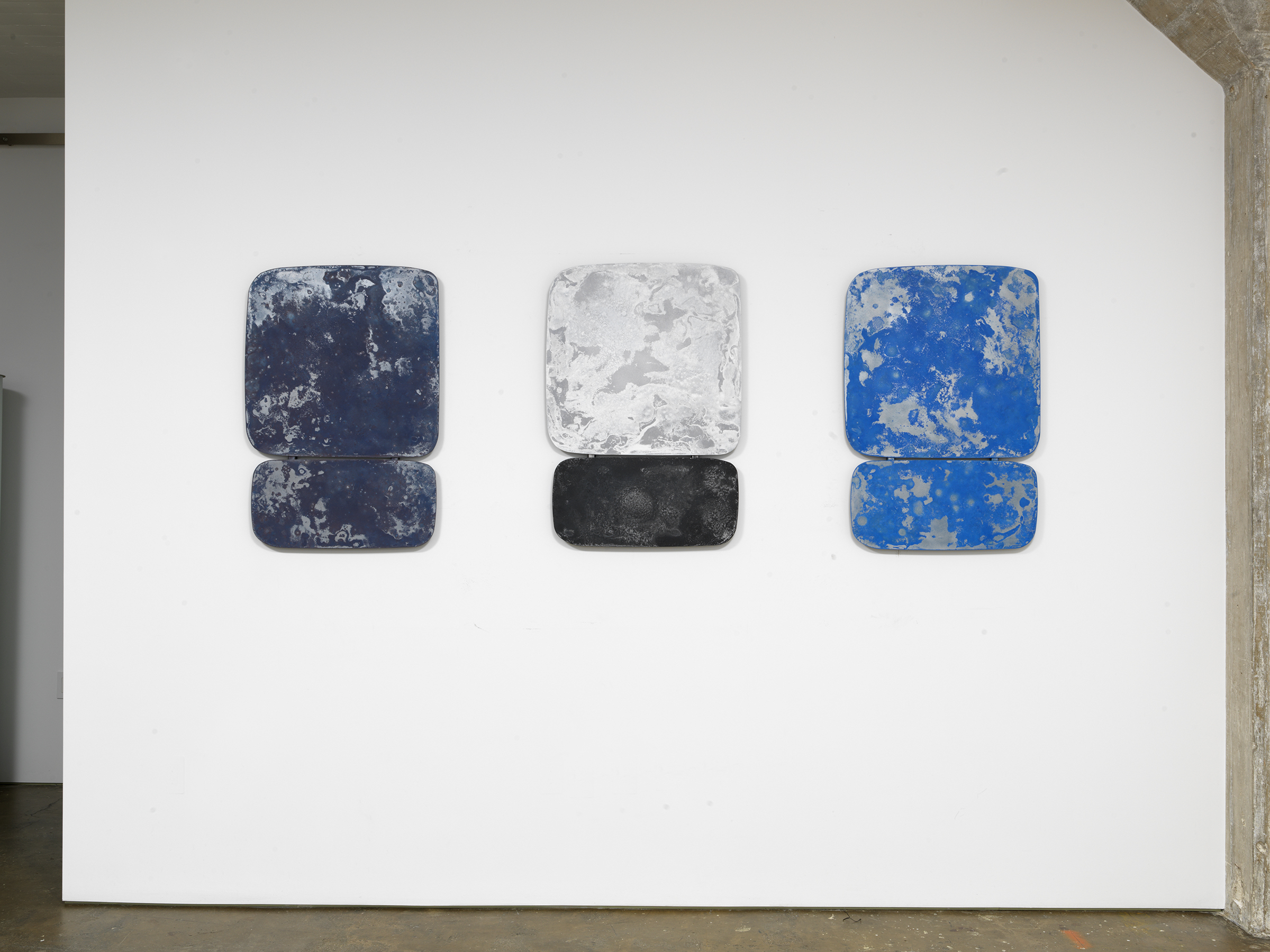
AZ: How does your work insert industrial steel into the dialogue of abstract expressionism and geometric abstraction?
NM: Industrial steel has this monolithic quality of being large scale and heavy when used for sculpture. I use it in the exact opposite way. My “Steel Shapes” works that are 36 x 24 inches weigh less than 30 pounds. My mind looks at steel sheets as if they are actually pieces of canvas or paper – the hard edge you get creating shape from steel is crisp and precise, mimicking lighter mediums. And, with the added process of painting with fire, creating color, and applying it with torches or drawing with a welder, my work is heavily process driven and dependent on accidents. It is experimental – the unknown results and eventual surprises guide my practice.
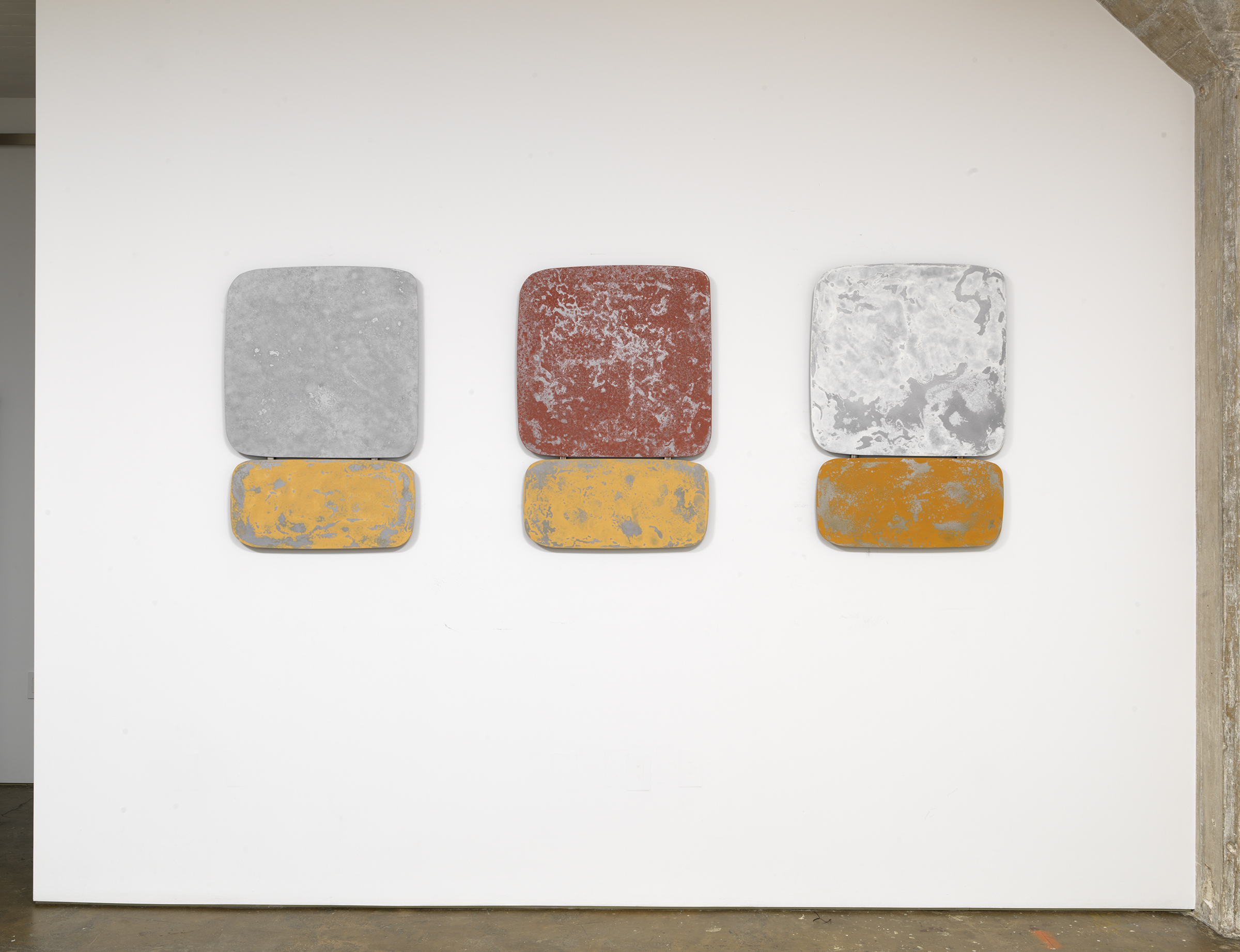
AZ: Tell us about your studios in TriBeCa and upstate New York.
NM: I spend most of my time making the work upstate. You wouldn’t guess you’re a little over one hour from New York City if you had no idea where you were! Up there, you have panoramic views above Hudson Valley, views of rolling hills and greenery for miles in every direction – not to mention the art scene is amazing.

TriBeCa gives me space to hang and view works in a more formal setting. It’s a place where there are no tools and only walls and windows, which give me time to adapt to my work without the distraction of the workshop.
AZ: What’s your creative process like in the studio?
NM: I am continually searching, exploring, and investigating methods for creating the work. The shapes of my canvases are usually sketched out on a steel table, in my mind, or by visual/life observation. When it comes to my more abstract work, I completely rely on a process that is dependent on accidents or unknowing results. I am continually searching and searching.

AZ: Currently working on?
NM: Flame paintings! Painting with fire.
AZ: What can we expect to see from you in the future?
NM: It’s safe to say I will be investigating new ways to produce shape, color, and finish, as well as new methods of using my tools and steel materials. Most of all, the evolution of shapes.
Follow Nick Moss on Instagram and check out his newest show STEEL SHAPES January 10, 2020 through February 15, 2020 at Leila Heller, 17 E 76th St, New York, NY 10021.

